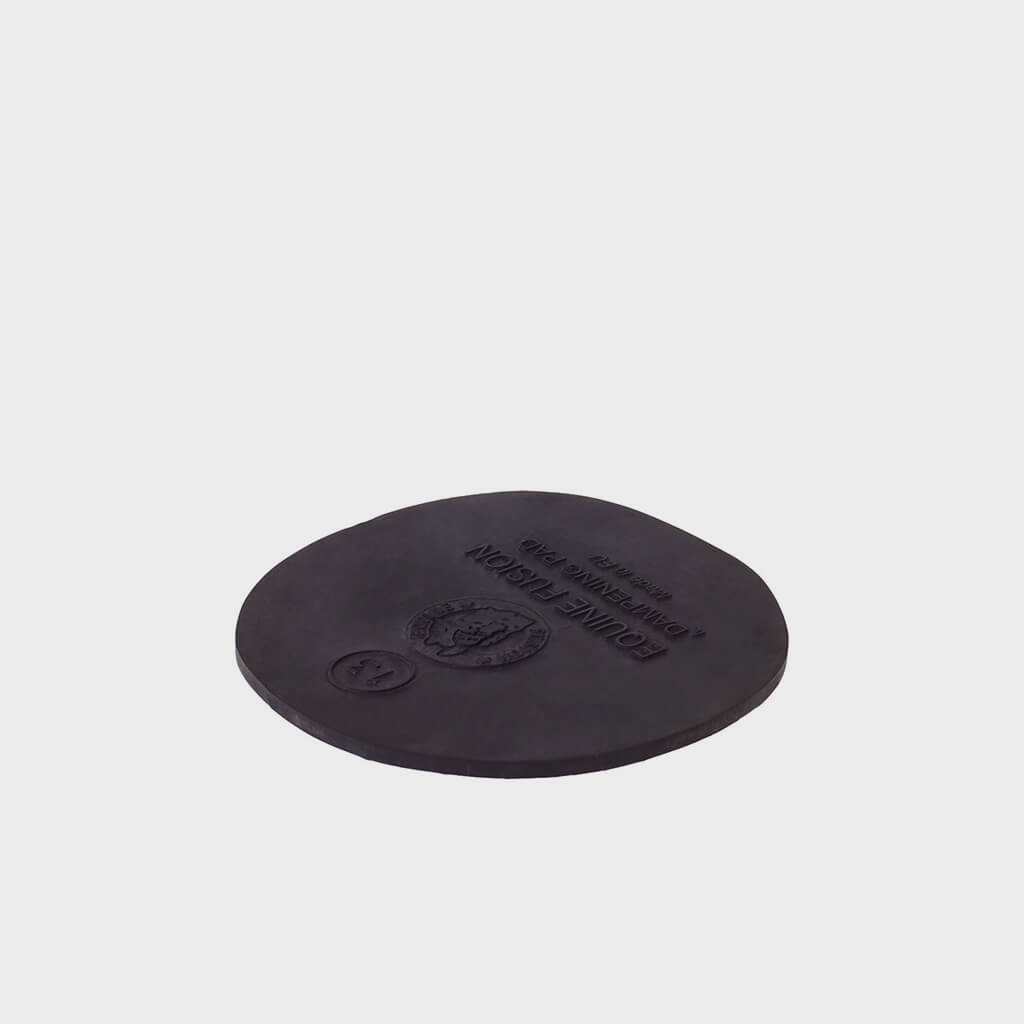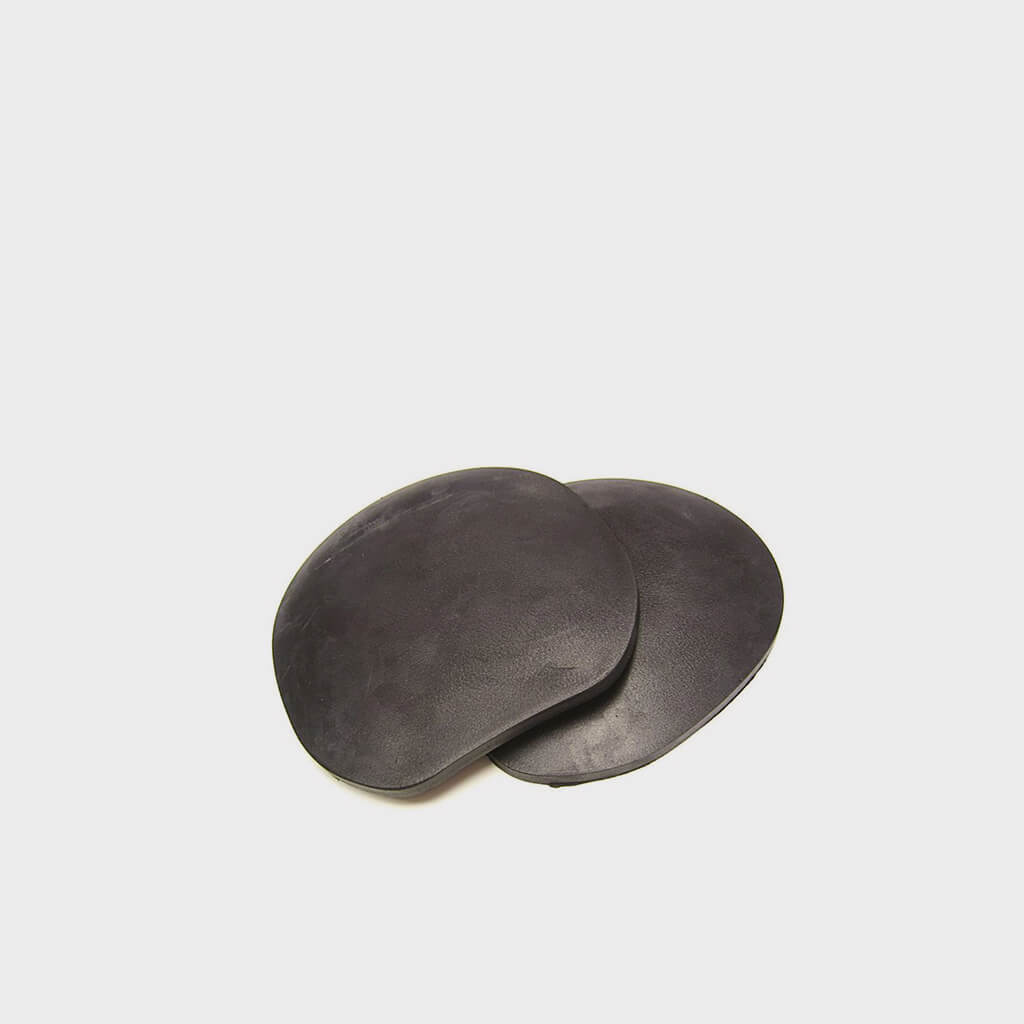- Easycare Hoof Boots
- Old Mac G2 Hoof Boots
- Scoot Boots
- Cavallo Hoof Boots
- Mini Hoof Boots
- Hoof Boot Spares & Accessories
- Trimming Equipment
- Sale/ Nearly New/ Used Hoof Boots
- Renegade Hoof Boots
- Advice
- Easyboot Sneaker
- Easyboot Fury
- Transition
- Glove
- New Trail
- Easyboot Cloud
- RX
- Easyboot Epic
- Easyboot Glove Back Country
- Easyboot
- Easyboot Zip
- Easyboot Remedy
- Glue-on
- Easycare Fit Kit

- Headcollars & Ropes
- Horse Boots & Bandages
- Lunging
- Travelling Equipment
- Grooming
- Fly Protection
- Grazing Muzzles
- Supplements & Treats
- Road Safety
- First Aid & Topical Applications
- Stable & Field Equipment
- Studs
- Horsey Gifts & Wrapping Paper
- Equine Magnetic, Massage & Therapy Products
- Advice
- Headcollar & Leadrope Sets
- Specialist Headcollars
- Foal Headcollars and Halters
- Headcollars
- Ropes & Lead Reins
- Leg Wraps
- Knee Boots and Hock Boots
- Horse Therapeutic Boots, Wraps and Bandages
- Brushing Boots
- Horse Tendon Boots | Horse Fetlock Boots
- Traveling Boots
- Bandages & Pads
- Event Boots
- Overreach Boots
- Clippers, Trimmers & Clipper Blades
- Plaiting Bands & Accessories
- Complete Grooming Kits
- Grooming Boxes & Trays
- Body Brushes
- Dandy Brushes
- Curry Combs
- Mane/ Tail Combs & Brushes
- Grooming Preparations
- Shampoos & Equine BodyWash
- Sweat Scrapers
- Other Grooming Kit Essentials
- Hoof Care
- Hoof Supplements
- General Vitamin Supplements
- Equine Joint Supplements
- Equine Breathing Supplements
- Equine Calming Supplements
- Hormonal Mare Supplements
- Digestion Supplements
- Natural Bute Substitutes
- Seasonal Supplements (flies, sweet itch, mud fever etc)
- Equine Immune System Booster
- Young Horse Supplements
- Equine Appetisers (for fussy feeders)
- Equine Skin Supplements
- Competition Horse Supplements
- Electrolytes for Horses
- Other supplements for Horses
- Weight Gain or Energy Supplements for Horses
- Veteran Horse Supplements
- Horse Treats

- Myler Bits
- Sprenger Bits
- Korsteel J.P. Bits
- Snaffle Bits
- Continental Bits
- Pelhams
- Kimblewick Bits
- Gag Bits
- Double Bridle Bits
- Hackamores
- In Hand Bits
- Driving & Racing Bits
- Bit Accessories
- Sweet Iron & Copper Bits
- Neue Schule Bits
- Advice
- Sprenger NovoContact Sensogan Bits
- Sprenger Bradoons
- Sprenger WH Ultra mouthpiece Bits
- Sprenger KK Ultra Mouthpiece Bits
- Sprenger RS Dynamic Mouthpiece Bits
- Sprenger Turnado Bits
- Diamond Paste

- Saddle Gullets & Spares
- Stirrup Leathers & Stirrup Straps
- Stirrups & Treads
- Under the Saddle
- Girths
- Seat Savers
- Bridles
- Bridle Spares
- Martingales & Breastplates
- Training aids
- Tack & Saddle Care
- Accessories
- Saddles
- Fly and Noise Reducing Ear Nets
- Clearance Saddlery & Tack
- Advice
- Gel Pads
- Endurance Saddlecloths and Numnahs
- Working Hunter Numnahs & Saddlecloths
- Dressage Saddlecloths
- Dressage Numnahs
- Jumping & Close Contact Saddle Numnahs & Saddlecloths
- General Purpose Numnahs
- General Purpose Saddlecloths
- 1/2 Pads
- Riser Pads

- Mens Riding Clearance
- Riding Legwear
- Casual Riding Clothing
- Footwear
- Riding Hats
- Chaps & Gaiters
- Body Protectors
- Spurs
- Competition Wear
- Accessories
- Gifts for Male Riders
- Cleaning & Reproofing
- Riding Whips and Crops
- Men's Horse Themed Loungewear & Sleepwear
- Advice
- Mens Yard Gloves
- Mens Riding Gloves
- Mens Riding Socks
- Men's Caps & Hats
- Mens High Visibility Riding Wear
- Mens Casual Shirts & Riding Tops
- Mens Riding Jackets
- Mens Country Boots
- Mens Long Leather Riding Boots
- Mens Long Synthetic Riding Boots
- Mens Jodhpur Boots
- Mens Short Yard Boots
- Mens Long Yard Boots
- Mens Wellington Boots
- Mens Footwear Accessories
- Mens Riding Socks

- Ladies Riding Clearance & Special Offers
- Riding Legwear
- Casual Riding Clothing
- Footwear
- Riding Hats
- Chaps & Gaiters
- Body Protectors
- Spurs
- Competition Wear
- Accessories
- Equine Jewellery and Horsey Gifts
- Cleaning & Reproofing
- Ladies Horse Themed Loungewear & Sleepwear
- Riding Whips and Crops
- Advice
- Ladies Yard Gloves
- Ladies Riding Gloves
- Ladies Riding Socks
- Ladies Caps, Hats & Scarves
- Ladies High Visibility Riding Wear
- Ladies Base Layers & Underwear
- Ladies Casual Shirts, T-Shirts & Riding Tops
- Ladies Fleece Jackets, Jumpers & Hoodies
- Ladies Waistcoats & Gilets
- Ladies Riding & Casual Jackets
- Ladies Horsey Themed Loungewear & Sleepwear
- Ladies Country Boots
- Ladies Fashion Footwear
- Ladies Riding Socks
- Ladies Long Leather Riding Boots
- Ladies Long Synthetic Riding Boots
- Ladies Jodhpur Boots
- Ladies Short Yard Boots
- Ladies Long Yard Boots
- Ladies Wellington Boots
- Ladies Footwear Accessories

- Riding Whips and Crops
- Riding Hats
- Jodhpurs, Breeches & Riding Tights
- Body Protectors
- Chaps, Half Chaps & Gaiters
- Footwear
- Casual Riding Clothing
- Competition Wear
- Spurs
- Accessories
- Gifts for the Young Rider
- Childrens Clearance Riding Wear
- Cleaning & Reproofing
- Children's Horsey Themed Loungewear & Sleepwear
- Advice
- Childrens Riding Boots
- Childrens Country Boots
- Childrens Riding Socks
- Accessories
- Children’s Yard Boots | Muck Boots
- Children's Yard Gloves
- Childrens Casual Shirts & Riding Tops
- Childrens Gilets & Waistcoats
- Childrens Jumpers & Fleeces
- Childrens Riding Socks
- Childrens Riding Gloves
- Childrens Riding Jackets
- Childrens High Visibility Riding Wear










